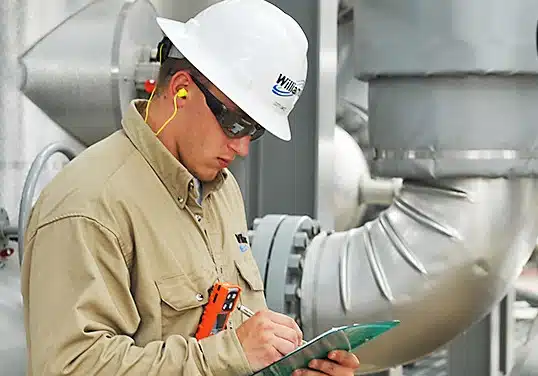Risk-Based Inspection (RBI) is used to prioritize inspection resources on the equipment that poses the highest risk, rather than using a one-size-fits-all approach. This helps determine where to focus to ensure safety and reliability, while also reducing costs:
Data Collection: This involves gathering all necessary information about the equipment, its history, operating conditions, materials, construction details, previous inspection results, and any other relevant data.
Risk Assessment: Here, the risk associated with each equipment item is determined. Risk is typically calculated as the product of the probability of failure (PoF) and the consequence of failure (CoF):
Probability of Failure (PoF): This assesses the likelihood that an equipment item will fail. It takes into account factors such as corrosion rates, material susceptibility to damage mechanisms, age, previous inspection results, and operating conditions.
Consequence of Failure (CoF): This evaluates the potential impact of an equipment failure. It considers factors such as potential harm to personnel, environmental impact, business loss, and repair or replacement costs.
Determine Inspection Strategies: Based on the risk assessment, appropriate inspection strategies are chosen. Equipment with higher risks might require more frequent or detailed inspections, while those with lower risks might have extended inspection intervals.
Implement Inspection Plans: Once the strategies are determined, they are put into action. This could involve non-destructive testing (NDT) techniques, visual inspections, or other methods to evaluate the integrity of the equipment.
Review and Update: After inspections are carried out, the data is reviewed, and the risk assessment is updated. If new damage mechanisms are discovered or operating conditions change, the risk assessments and inspection plans should be adjusted accordingly.
Documentation: All steps, findings, recommendations, and implemented actions are documented for future reference and audits.
Risk = Probability of Failure (PoF) × Consequence of Failure (CoF)
The fundamental concept of RBI is that the inspection frequency and type should be based
on the risk each equipment item poses to the facility.

